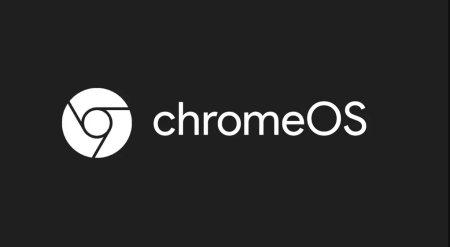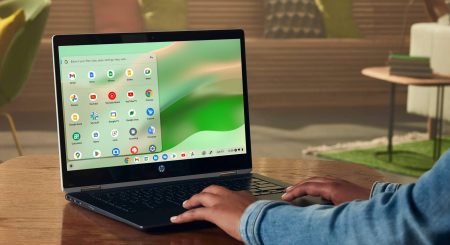To install PowerShell on a Chromebook, you’ll need to enable Linux app support. Here’s a step-by-step guide to help you through the process:
Enabling Linux App Support
- Open Settings:
- Click on the time at the bottom right of the screen.
- Choose the Settings icon.
- Navigate to Linux Settings:
- In the sidebar, select Advanced.
- Click on Developers.
- Choose Linux Development Environment and click Turn on.
- Set Up Linux Environment:
- Follow the on-screen steps to choose a username and set the size for the Linux environment.
- Close Terminal:
- Once setup is complete, a terminal window will open. Close this window.
Installing PowerShell
- Download PowerShell:
- Visit the PowerShell installation webpage.
- Hover over Ubuntu 22.04 and download the DEB file listed under stable.
- Open Files App:
- Go to the ChromeOS Files App and navigate to Downloads.
- Install PowerShell:
- Double-click the downloaded PowerShell installation file.
- In the popup, click the blue Install button.
- A Linux Installer prompt will appear at the bottom of your screen, notifying you when the installation is complete.
- Launch PowerShell:
- Open a Linux terminal by searching for Terminal in the ChromeOS launcher and selecting Penguin.
- Type
pwshand press Enter to launch PowerShell.
Setting PowerShell as Default Terminal (Optional)
If you want to set PowerShell as the default terminal, use the following command:
sudo chsh -s /usr/bin/pwsh $USERNote: Updating PowerShell on ChromeOS requires manually downloading and reinstalling the new version each time it’s released.
Removing PowerShell
If you encounter issues with PowerShell and need to remove it, use the following command:
sudo apt remove powershellBy following these steps, you can install and use PowerShell on your Chromebook, allowing you to run various commands and scripts with ease.





